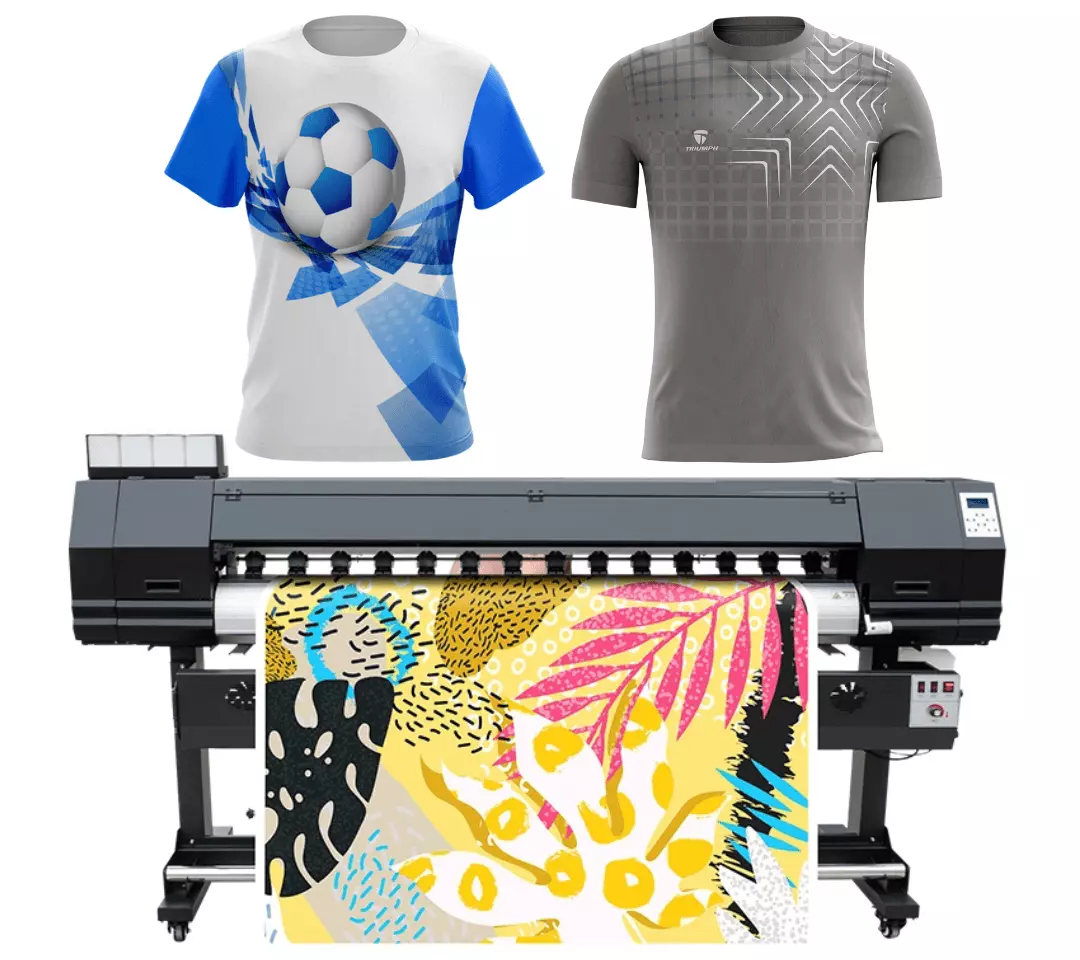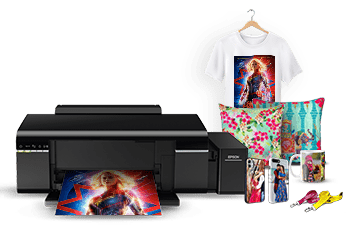Exploring the Benefits of Sublimation Printing for High-Quality Fabrics
Advancements in DTF Printing: How It's Reinventing the Sector
The textile printing market is going through a substantial transformation, driven by the innovative innovations in Direct-to-Film (DTF) technology. These developments are not just boosting print top quality and versatility but likewise enhancing the whole printing procedure. With premium ink solutions, improved film and sticky modern technologies, and the assimilation of automation, DTF printing offers dynamic, long lasting prints on a selection of fabrics, satisfying the boosting need for personalization. As organizations seek a lot more reliable and environmentally pleasant remedies, the effects of these innovations necessitate a closer examination right into just how they are forming the future of textile printing.
Improvements in DTF Technology
Progressing rapidly, DTF (Direct-to-Film) printing technology has undertaken substantial renovations that are changing the textile industry. One of the most significant advancements is the improvement in print high quality. Modern DTF printers make use of innovative ink solutions that result in lively, sturdy prints with high resolution and color accuracy. These inks are particularly crafted for compatibility with various textile kinds, making certain consistent top quality no matter of the material.

Furthermore, innovations in movie and sticky modern technologies have actually boosted the total application process. New films offer better flexibility and bond, improving the resilience and washability of the published layouts - screen printing. This ensures that the prints maintain their honesty and vibrancy even after numerous laundries
Last but not least, environmental considerations have actually motivated the development of eco-friendly DTF remedies. Manufacturers are significantly taking on lasting practices, such as making use of recyclable films and water-based inks, straightening with worldwide initiatives to decrease the industry's ecological footprint.
Advantages Over Standard Approaches
When contrasting DTF printing to typical approaches such as display printing and direct-to-garment (DTG) printing, several distinctive benefits emerge. DTF printing. One of one of the most considerable advantages is its convenience in textile compatibility. Unlike display printing, which typically requires details textile types, DTF printing can be applied to a wider variety of products, including cotton, polyester, and blends, without compromising print top quality
Another remarkable advantage is cost-effectiveness, particularly for tiny to medium-sized orders. Standard screen printing comes to be economically sensible only at greater quantities because of the configuration costs included. In contrast, DTF printing removes these setup expenses, making it much more inexpensive for smaller sets and one-off designs.
In addition, DTF printing masters sturdiness and washability. The prints created are durable and maintain their stability with numerous clean cycles, exceeding DTG prints that might fade or break gradually. Additionally, DTF printing supplies faster turn-around times. Without the need for comprehensive setup, designs can be printed and transferred in a fraction of the moment needed for display printing.

Enhanced Design Abilities
DTF printing uses enhanced design capabilities that establish it apart from traditional printing approaches. The process involves publishing a design onto an unique film, which is after that moved to material.
Additionally, DTF printing sustains a large array of materials, consisting of cotton, polyester, blends, and even non-textile substratums. This versatility opens doors for innovative applications in varied sectors such as fashion, home style, and advertising items. Unlike display printing, which can be limiting as a result of color separation and stencil production, DTF printing simplifies the process, making photo-realistic and multi-color layouts a lot more easily accessible.
Additionally, DTF printing excels in accomplishing constant shade precision and vibrancy. In significance, DTF check over here printing encourages developers to push the boundaries of imagination, providing aesthetically stunning results that were previously unattainable.
Cost and Time Performance
Among the notable advantages of DTF printing depends on its cost and time effectiveness, making it a favored option for lots of services. By removing the demand for display configurations and extensive pre-production processes, DTF printing substantially minimizes preliminary expenses. Unlike conventional techniques that need significant investment in screens and configuration times, DTF printing permits straight application onto different products with very little preparation. This reduction in setup time translates into faster production cycles, enabling companies to satisfy orders a lot more swiftly.
Moreover, DTF printing succeeds in generating short runs and customized orders cost-effectively. The capacity to create top notch prints without the need for huge volume dedications lessens waste and optimizes source allotment. This adaptability is especially beneficial for small companies and startups that might not have the capital to purchase large-scale manufacturing runs.
In terms of functional efficiency, DTF printing's structured workflow improves total efficiency. The technology's compatibility with a large range of substratums and fabrics better expands its application extent, decreasing the demand for multiple printing systems. Businesses can attain a faster turnaround time, enhancing consumer satisfaction and competitiveness in the market. Therefore, DTF printing attracts attention as a transformative solution in the printing industry.
Future Trends in DTF Printing
Expecting future patterns in DTF printing exposes a landscape noted by fast technical developments and boosted market need (heat transfer vinyl printing). One considerable fad is the integration of expert system (AI) and artificial intelligence algorithms to maximize print quality and streamline procedures. AI-driven systems can predict prospective problems and change settings in real-time, guaranteeing regularly high-grade result
Furthermore, improvements in sustainable materials and environmentally friendly inks are anticipated to get grip. As ecological worries end up moved here being much more pressing, the sector is likely to see a shift in the direction of non-toxic and eco-friendly inks, lowering its eco-friendly impact.
Personalization and personalization will certainly likewise play a pivotal duty. With the growing consumer need for distinct, customized products, DTF printing technologies are advancing to provide more thorough and complex customization alternatives. This trend is sustained by improved software program services that permit more facility and innovative layouts.
Finally, the assimilation of DTF printing with other electronic systems and ecommerce solutions will come to be much more smooth. This connection will certainly make it possible for companies to supply on-demand printing services straight to Extra resources customers, further driving growth in the sector. These fads collectively highlight a future where DTF printing not only fulfills but exceeds the progressing demands of the market.
Final Thought

When comparing DTF printing to typical techniques such as display printing and direct-to-garment (DTG) printing, several unique advantages emerge. Unlike display printing, which frequently calls for particular textile types, DTF printing can be applied to a more comprehensive range of products, consisting of cotton, polyester, and blends, without compromising print high quality.
DTF printing offers improved layout capabilities that set it apart from typical printing methods. Therefore, DTF printing stands out as a transformative remedy in the printing industry.
Advancements in DTF printing significantly improve the fabric printing sector by providing remarkable print convenience, high quality, and performance.